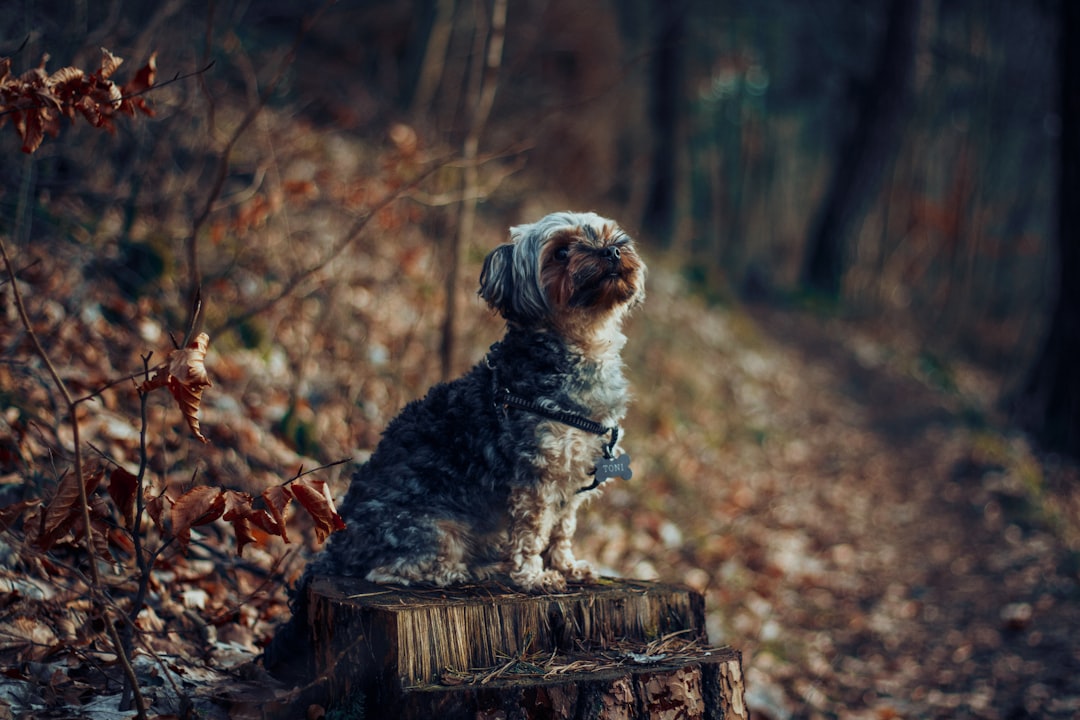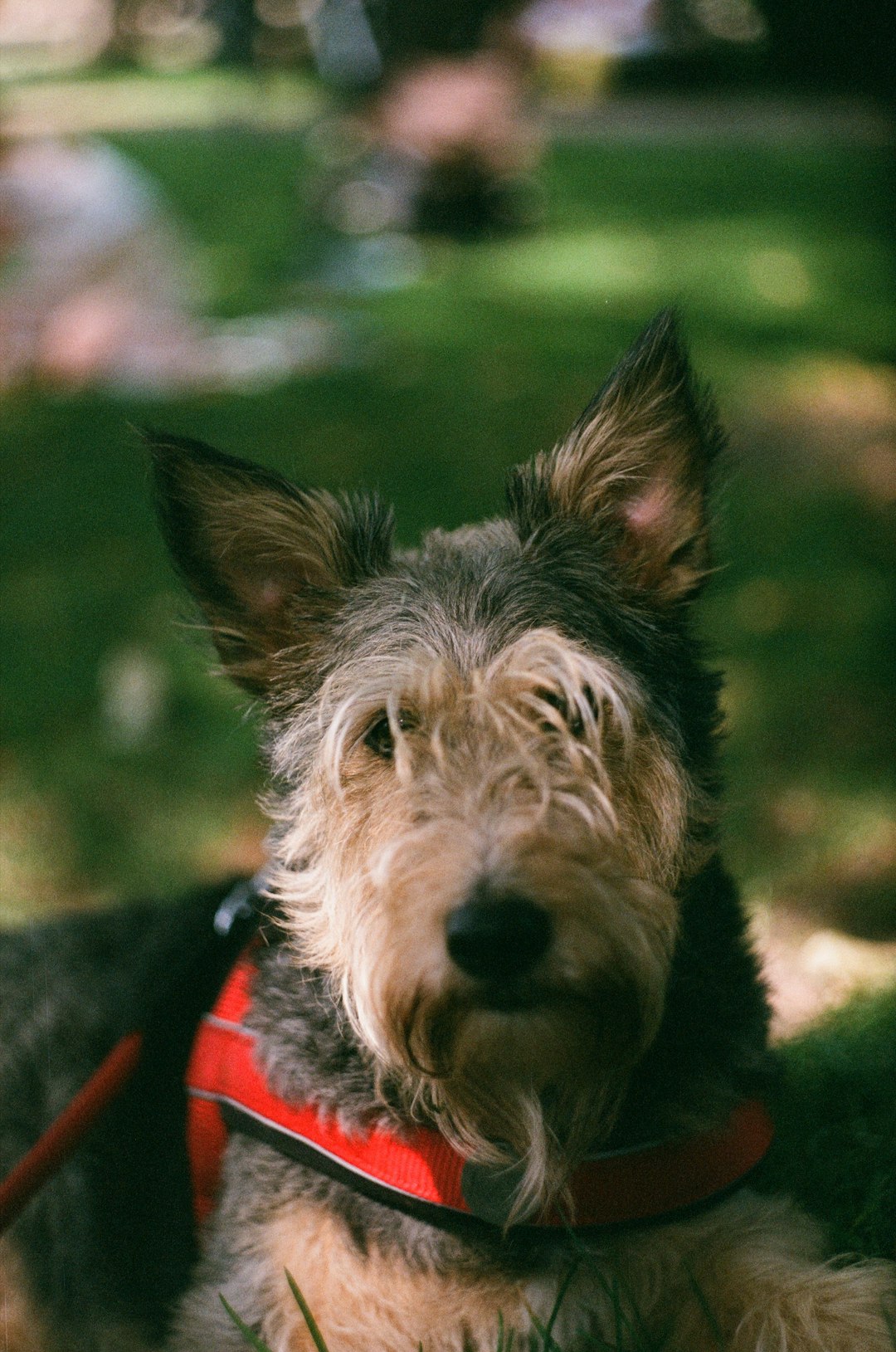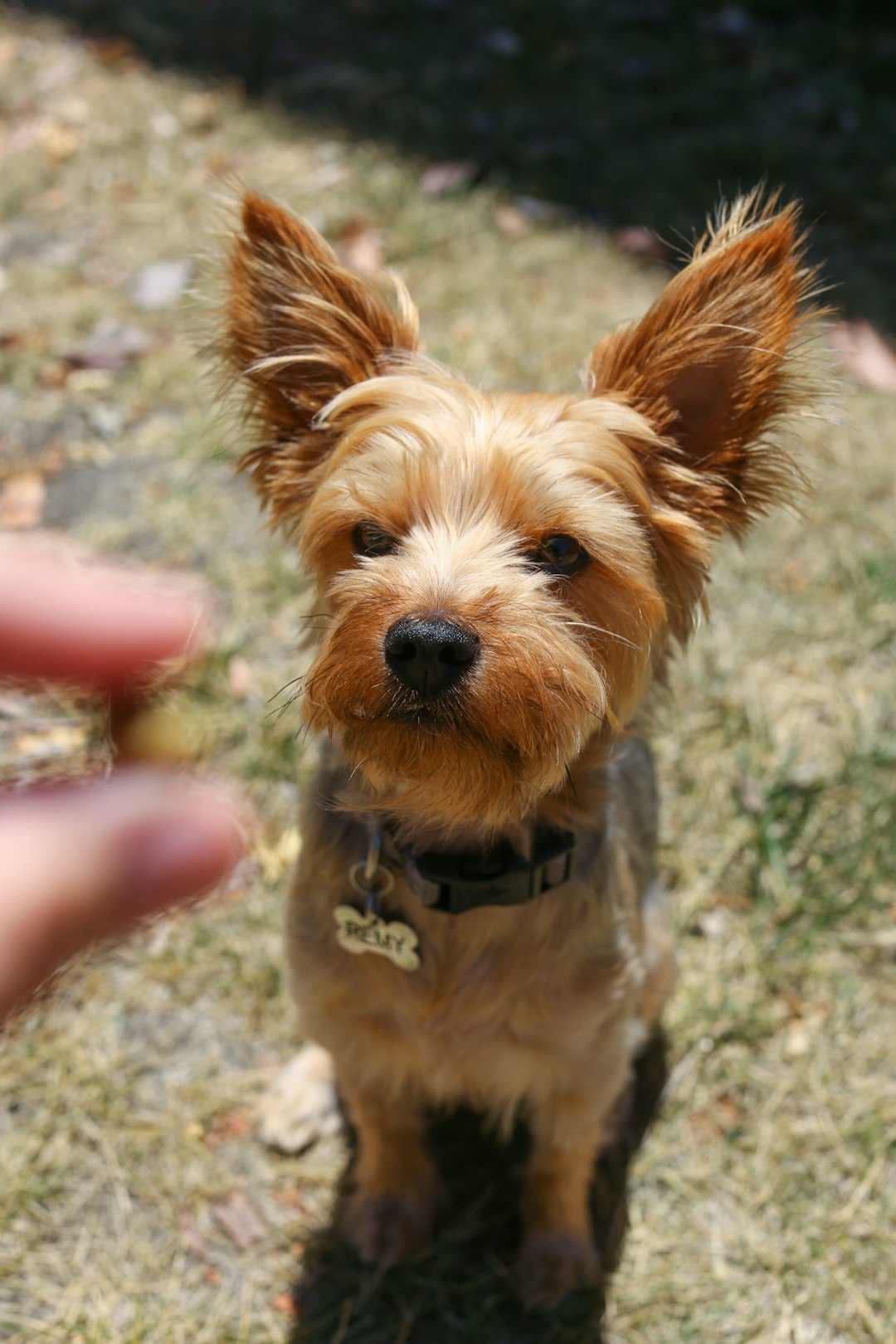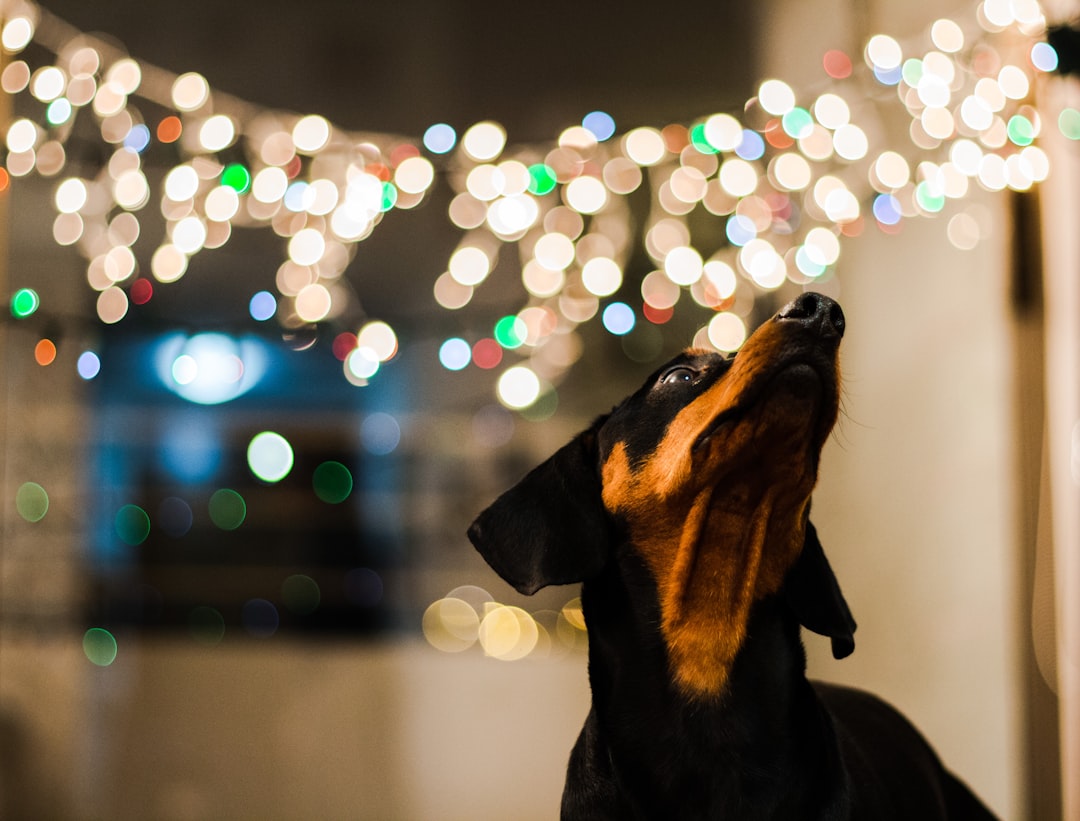Ever wondered if the “Most Dangerous Dog Breeds” are just a myth woven into our collective consciousness, or if they actually exist like the Loch Ness Monster but with a bark? Don’t worry, there’s no need to cancel your plans for a puppy party just yet! We’re diving into some tail-wagging truths about canine behavior and temperament. Spoiler: the real danger might just come from a small breed with a big attitude! So, grab your favorite snack (bonus points if it’s a bone!) and let’s unleash the facts!
Understanding Dog Temperament and Behavior

When it comes to the Most Dangerous Dog Breeds, understanding their temperament and behavior is crucial. Dogs, like humans, have unique personalities—a mix of genetics, environment, and that one time they got scared by a vacuum cleaner. Here are some vital factors to consider:
- Nature vs. Nurture: Just like we can’t blame grandpa for our disco dance moves, we can’t solely point fingers at breed. While genetics might play a role, training and socialization can turn a potentially dangerous pup into the neighborhood’s favorite.
- Energy Levels: Some dogs have enough energy to power a small city. Those energetic breeds might become destructive or assertive if they don’t have proper outlets for their enthusiasm. So, frequent walks, games, and plenty of playdates are essential!
- Socialization Skills: A well-socialized dog is like that outgoing friend who charms everyone at the party. Early exposure to different environments, other pets, and new faces can drastically improve a dog’s temperament.
In conclusion, when it comes to the Most Dangerous Dog Breeds, it’s all about knowing the dog behind the bark! After all, not all pooches wearing the “dangerous” badge actually live up to the hype. Play nice, and your furry friend will, too!
The Role of Breeding in Dog Aggression

Let’s dive into the fascinating (and sometimes head-scratching) world of dog breeding and how it plays a role in determining the Most Dangerous Dog Breeds. Buckle up, because here comes the playful side of canine genetics!
First things first – not all dogs are born ready to tackle a postman or chase their own tails for hours on end. Breeding practices can influence behavior in various ways:
- Selective Breeding: Some breeds were created for specific purposes. For example, herding dogs needed to be feisty, while lapdogs, well, just need to look cute on your couch!
- Environment Matters: A dog bred in a nurturing home might be sweeter than a sugar-coated donut, while one bred for aggression… well, let’s just say they might inspire a doggone horror movie.
Here’s a silly comparison table for clarity:
| Characteristic | Nurturing Breeding | Aggressive Breeding |
|---|---|---|
| Temperament | Sweet as pie | More volatile than a soda can! |
| Socialization | Party-goer | Wallflower at best |
| Likelihood of Biting | Low | High |
So, when considering the Most Dangerous Dog Breeds, remember: it’s often not just about who their parents were, but also about how they were raised!
Common Misconceptions About Dog Breeds

Ah, the Most Dangerous Dog Breeds! The phrase alone can send shivers down your spine. But hold your horses (or should I say, hold your leashes?)! Let’s debunk some of the most common misconceptions about these so-called “dangerous” pooches.
- “All large dogs are aggressive!”
False! Big dogs can be gentle giants. Said no one ever about a Newfoundland puppy! - “Pit Bulls are always mean!”
Not true! These pups can snuggle just as well as any golden retriever. Remember, it’s about the training, not the breed! - “Small dogs can’t be dangerous.”
Ever met a Chihuahua on a mission? Brace yourself! - “Dangerous breeds are not good family pets.”
Wrong again! Many Most Dangerous Dog Breeds are loving family members when raised right.
So, next time you hear someone say all Dalmatians are dangerous, just chuckle and remind them that it’s all about temperament and training. Let’s spread the love, not the fear! 🐕❤️
Factors Influencing a Dog’s Dangerousness
When it comes to the Most Dangerous Dog Breeds, it’s not just about their furry faces or terrifying barks. A dog’s “dangerousness” largely hinges on several factors that are usually overlooked. Let’s unsheathe the mystery, shall we?
Key Factors to Consider:
- Environment: Dogs are like people, they react to their surroundings. A stressed pup is more likely to show its fangs than a well-loved couch potato.
- Training: Poor training can turn even the cutest poodle into a terrifying fluff monster. Proper training helps keep the Most Dangerous Dog Breeds from becoming an accidental threat.
- Socialization: A dog that meets other dogs and people doesn’t grow up thinking everyone is a foe. Think of socialization as the doggie playdate that keeps everyone happy!
- Genetics: Some breeds come with a predisposition to aggression, but remember, it doesn’t define them. Just because a dog is on the list of Most Dangerous Dog Breeds doesn’t mean it has a license for chaos!
So, in short, a dog’s behavior is like a recipe – it’s all about the ingredients, not just the breed label. Let’s give our furry friends the best life we can! 🐾
Statistics on Dog Attacks and Breeds Involved
Hold onto your leashes, folks! We’re diving into the thrilling world of statistics regarding the Most Dangerous Dog Breeds! 🎢
Here’s the scoop: while certain breeds get a bad rap, the numbers can be a bit deceptive. Let’s break it down:
- Pit Bull Types: Sure, they’re often at the top of scary lists. But remember, they also have a huge population. More dogs, more bites!
- Rottweilers: Mighty and muscular, these pups can put a serious dent in your couch — and sometimes your hand. Yet, they’re also family favorites!
- German Shepherds: Often seen in crime shows, these intelligent pooches can take the lead in “who’s dangerous” — or just in “who loves to play fetch.”
Quick Comparison:
| Breed | Attack Incidents | Popularity Level | Affectionate? |
|---|---|---|---|
| Pit Bull Types | High | Very High | Yes |
| Rottweiler | Moderate | High | Quite |
| German Shepherd | Moderate | Very High | Absolutely |
In conclusion, the Most Dangerous Dog Breeds tag often depends on myths, not necessarily the reality! So remember, it’s not just about the breed; it’s about the love, training, and socialization these dogs receive! 🐕❤️
Legal Implications of Dangerous Dog Breeds
Ah, the law! It’s not just for lawyers and courtroom dramas; it also comes sniffing around the Most Dangerous Dog Breeds. Depending on where you live, the legal implications can vary as wildly as a golden retriever chasing its tail. Here’s what you need to know:
- Liability Guilt Trip: If your pooch decides to embrace their inner Cujo, you might just get slapped with a bill bigger than your mortgage.
- Breed Bans: Some places have made it illegal to own specific breeds, like Pit Bulls or Rottweilers. Yep, that breed ban is no joke!
- Insurance Rates Go Woof: Insurance companies often increase premiums for homeowners with Most Dangerous Dog Breeds. Because who doesn’t love an extra financial bite?
And remember: being a responsible dog owner isn’t just about keeping your furry friend in check; it’s also about preventing legal trouble. Train, socialize, and avoid lawsuits. Who knew pet ownership came with a side of legal advice, right?
Legal Implications of Dangerous Dog Breeds
When it comes to the Most Dangerous Dog Breeds, you might think of them as just fluffy little troublemakers. However, the law sees them with a serious face (and not just because they’re trying to avoid the vet). Here’s the scoop:
- Breed-Specific Legislation (BSL): Some places have specific laws that target certain breeds deemed “dangerous.” Talk about a tough life for those pooches!
- Liability: If your dog is part of the Most Dangerous Dog Breeds club and they happen to bite someone, you could be facing a serious legal mess. You might even need a doggy lawyer. Yikes!
- Insurance Hurdles: Many insurers take a long, hard look at your dog’s breed when calculating premiums. Having a Most Dangerous Dog Breed could mean higher bills than those for a fluffy Pomeranian.
- Muzzle and Leash Requirements: Local laws might just make those adorable rascals wear muzzles on walks. Who knew Fido would end up in a fashion statement?
In short, owning a dog from the Most Dangerous Dog Breeds list comes with a hefty set of legal responsibilities. Whether it’s keeping the peace with your neighbors or the law, you’ll need to navigate the doggy minefield carefully!
Promoting Positive Interactions with All Dog Breeds
When it comes to the Most Dangerous Dog Breeds, it’s easy to get caught up in their reputations. However, turning that frown upside down and promoting positive interactions can work wonders! Here’s how to sprinkle a bit of joy into every canine encounter:
- Know Before You Go: Always ask the owner for permission before petting their pooch. Even Fluffy could give you the stink eye if you surprise them!
- Use Treats Wisely: Who doesn’t love a snack? Use treats as a friendship bribe! A few tasty morsels can transform even the most defensive of dogs into a “hot dog” with the right kind of attention.
- Stay Calm, Cool, and Collected: Dogs can sense your vibes—so stay chill. Yelling “HELP!,” while sprinting away might trigger their chase instinct.
- Respect Their Space: Just like humans, some dogs enjoy their “me time.” If a dog’s lounging like a diva, perhaps it’s best to admire from afar.
Remember, labeling breeds as Most Dangerous Dog Breeds can backfire, but treating every pup with respect could lead to a heartwarming tail-wagging friendship! 🐾
Frequently Asked Questions
Are there really dangerous dog breeds, or is it just a myth?
Well, my friend, it’s a bit of both! You see, some breeds have a reputation that precedes them, like the Rottweiler or the Doberman. They can be seen as the villain in a doggy horror movie. However, much like your Aunt Martha at Thanksgiving dinner, their danger level often depends on how they were raised! A woof-tastic upbringing with love, training, and a social life as vibrant as a rainbow can turn these supposed ‘dangerous’ dogs into delightful companions that wouldn’t hurt a fly. So don your detective hat and dig deeper into each pup’s past before you label them as dangerous!
What factors contribute to a dog’s behavior being deemed dangerous?
Ah, the age-old question! Picture this: your dog is a jigsaw puzzle. Factors like genetics, environment, training, and make him more than just a fluffy bundle of joy. A lack of training? That’s like giving your dog a ticket to Cluelessville. Poor socialization? Now you have a recipe for a pooch that may bark at every lamp post! Toss in some abusive past experiences and you’ve got yourself a canine soap opera! Remember, a dog’s behavior is often a reflection of how they’ve been treated, so give them love and the right direction, and watch the magic unfold!
Can dangerous dog breeds be good pets?
Absolutely! Think of them as the misunderstood superheroes of the dog world! Even those breeds often labeled as dangerous can become the most affectionate buddies if they’re properly trained and socialized. It’s like giving a cape to a labrador or turning a bulldog into a cuddle monster. With the right owner who has time, patience, and maybe a few doggy treats up their sleeve, these breeds can go from ‘Whoa, scary!’ to ‘Aww, look at the fluffy friend!’ faster than you can say ‘paw-sitive reinforcement’!
How can I tell if a dog is dangerous before adopting?
Ah, the million-dollar question! First off, unless the dog is wearing a sign that says ‘Beware of Dog’ (in which case, run!), you’ll want to check the dog’s history. Conduct a background check (no, not like an FBI agent, just ask the shelter about the dog’s past!). Next, observe their behavior around new people and other pets—if they’re more fluffy potato than ferocious lion, you’re in the clear. Additionally, a well-trained canine is often as reliable as a good GPS. But remember, when in doubt, consult a professional trainer. They can help you navigate the doggy waters without stepping in any… err… landmines!



